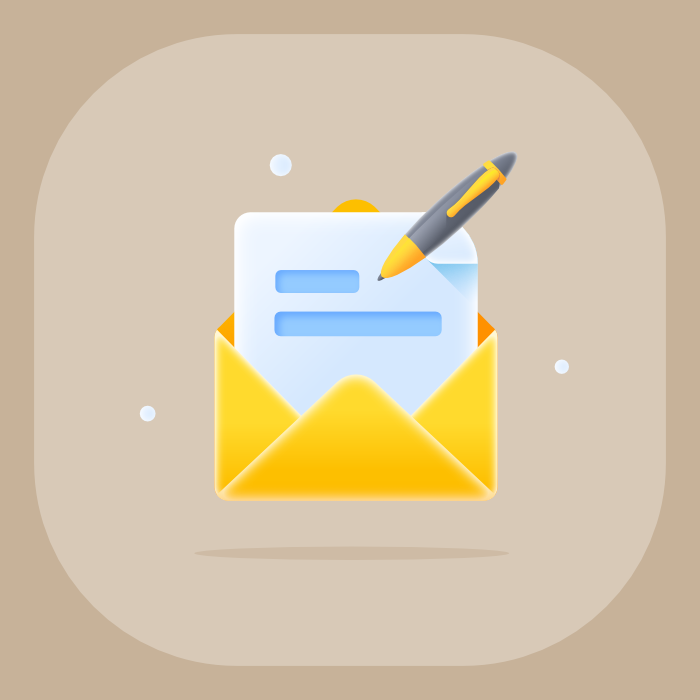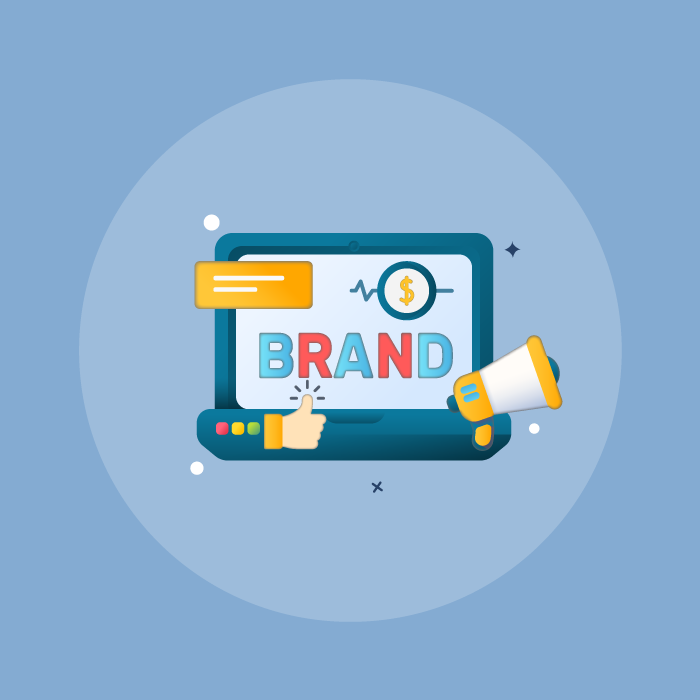The three keys to effective email copywriting are persuasion, brevity, and relevance. Let’s understand more about how to do it right.
Email marketing continues to rule the world of marketing channels when it comes to conversions and ROI. According to a report, email brings in an ROI of $51 for every $1 spent. That reflects how effective emails are, even amidst a plethora of social media marketing platforms.
So, how will you make sure that you are getting the most out of emails? The answer is to work on a compelling copy that can persuade people to convert. Of course, visuals are important, but if they do not have a supporting copy, you might miss out on driving the desired results. Peroff
Whether it is your email subject lines, copy, or the CTA, copywriting is an important aspect of all these elements. Watch the tone of your emails, the length of your email copy, and its relevance to the subscribers and their buyer’s journey.
That said, let’s understand how to create winning email content that converts.
1. Define the objectives of your email campaigns
Whenever you plan your email marketing strategy, you must first chart out the reason why you are sending the emails. Set your own expectations from the email campaigns. Do you want your readers to download a free resource, take up a free trial, make a purchase, or simply take a look at your offerings?
According to these details, you must set the tone of your emails and decide the kind of copy you must write along with the CTA button.
2. Next comes the expectations of your subscribers
Once you have outlined the purpose of your emails, you must segment your subscribers and try to understand what they are looking for. A great way to go about it is to build customer avatars for your target audience and then establish the kind of content that will work the best for them.
For example: If you are offering online digital marketing training, your target audience would be students, working professionals, solopreneurs, or homemakers. Each of these segments will have different challenges and aspirations to learn digital marketing. You can have a detailed Typeform to get all those details so that you can send out personalized emails to them.
3. Brevity is the key when it comes to subject lines
The first step to email conversions is to get people to open your email. That’s where the subject line comes into the picture. Your subject lines become all the more important because 47% of email subscribers open an email based on the subject line alone and 69% of the users mark the email as SPAM on seeing the subject line.
You must draft succinct subject lines that can pique the subscriber’s curiosity and make them scroll through the entire email. Use first-name personalization in the email subject lines to make your subject lines more impactful. Besides, you can also add dynamic elements like geographical location and past purchases in the subject lines.
Some marketers are even using advanced technologies like Phrasee to create AI-powered subject lines that are more likely to improve the open rate and conversions.
4. Focus on the benefits rather than features of your products or services
Many marketers add a lot of technical jargon to their email copy. Your subscribers are not looking for such geeky stuff in emails. Rather, they are looking for answers on how you can help them in addressing their challenges. Write your email copy, considering the benefits of your products and not just the features.
For example: If you provide SEO services, do not use terms like on-page SEO and off-page SEO. Instead, let them know how it will help them increase brand visibility and drive more traffic to their website. Talk in terms of leads or ROI that they will be able to get with the help of SEO.
5. Maintain an empathetic tone in your email communications
Emotional messaging has become a norm nowadays. Your emails must reflect a sense of sensitivity and consideration for the subscribers. In view of the COVID-19 pandemic, many individuals and businesses are still struggling and facing tough times. You must keep the reader’s sentiments in mind before drafting the copy for any email.
For example, Your customers might not be looking for any “Corona clearance sale”. Do not use such insensitive terms that could hurt the recipient.
For instance, Etsy sent out an emotional email and allowed their subscribers to opt out of Mother’s Day emails. It is a great gesture to make sure that their emails do not hurt anyone.
6. Put your storytelling expertise to work
If you convey your messages as stories, they are 22 times more likely to be etched in the recipient’s memory when compared to boring facts. Leverage the power of storytelling to prompt the email recipients to click through and take action.
Stories not only have an entertainment value but also evoke emotions in the readers. Storytelling is a great way to let your subscribers know about how you started, your vision, and your mission statement.
To present your products or services more effectively, you can use the PAS formula. Through this method, you pinpoint the challenges faced by the subscribers and then show them how your products or services can beat those challenges.
Using this formula is highly recommended for SaaS business owners and B2B companies that offer a tool or service that facilitates faster business growth.
8. Use the Chet Holmes Pyramid for lead nurturing
Chet Holmes Pyramid is the theory according to which only 3% of your subscribers are open to buying at the moment. 6-7% of the subscribers are willing to buy in the future, while 30% are either not thinking about making the purchase, don’t think they are interested, or know that they are not interested.
This figure goes to show that hardly 10% of your prospects are open to being your customers. Moreover, you must consider the buyer’s journey before drafting the email copy.
For instance: If a user is still in the awareness stage, you must draft an email copy that talks more about how you work and what you offer. On the other hand, if a subscriber is in the decision stage, you can send out customer testimonials in emails that would encourage them to make the purchase.
9. Win back the inactive subscribers by using the power of 9 words
According to Dean Jackson’s theory, you can use a nine-word template to revive the dormant users.
Here are some examples to help you understand what it means.
- Are you still interested in learning the French language?
- Do you still want to run YouTube Business Ads?
- Are you still looking for hotel rooms in Paris?
Using these phrases goes a long way in triggering the “Fear of Missing Out” and convincing the inactive leads to engage again.
10. Make your CTA actionable
After the subject line, email copy, and relevant visuals, your subscriber will see the CTA. It is the final gateway to conversions. If you design a beautiful email, but the CTA is hardly visible, it is likely to fail and bring no results.
Make sure you draft a CTA that draws the recipient’s attention and tempts them to click through. It is advisable to place the CTA in the first fold so that it does not go unnoticed.
Try to create a sense of urgency through your CTA. For instance, The CTA “Shop now to avail 75% off” will tap into the fear of missing out and get the customer to take action immediately.
Another thing you can try using is the first-person narrative in the CTA. Reports by ContentVerve.com have shown that such CTAs help to bring better conversion rates for any business.
11. A/B test your email copy
Your customer preferences continue to change over time. What has worked in the past might not work anymore. Therefore, you must A/B test your email copy and see what works best for your target audience. You must keep an eye on the email analytics and monitor metrics like open rate, click-through rate, and unsubscribes.
According to these insights, you must continue to optimize your email campaigns. This is also true for your automation workflows. Many marketers ‘set and forget’ their automated emails. That is a huge mistake. You must revisit the automated emails time and again to see if they are bringing the desired results. If not, it is time to revamp the automation strategy and create better emails.
Moreover, collaboration within your marketing team is crucial for sustained success. Consider sending an email asking for information from a team member regarding their observations and experiences with recent campaigns. Sharing insights and feedback among team members can uncover perspectives you may not have considered and lead to innovative solutions.
Wrapping Up
Email copywriting is not about being an impeccable writer. It is more about understanding what the customer is looking for and delivering it. As that saying goes: If you want to catch more fish, you must think like the fish, the same applies to email copywriting. Put yourself in the customer’s shoes and then draft all your emails for the best results.
Subscribe to weekly updates
You’ll also receive some of our best posts today











